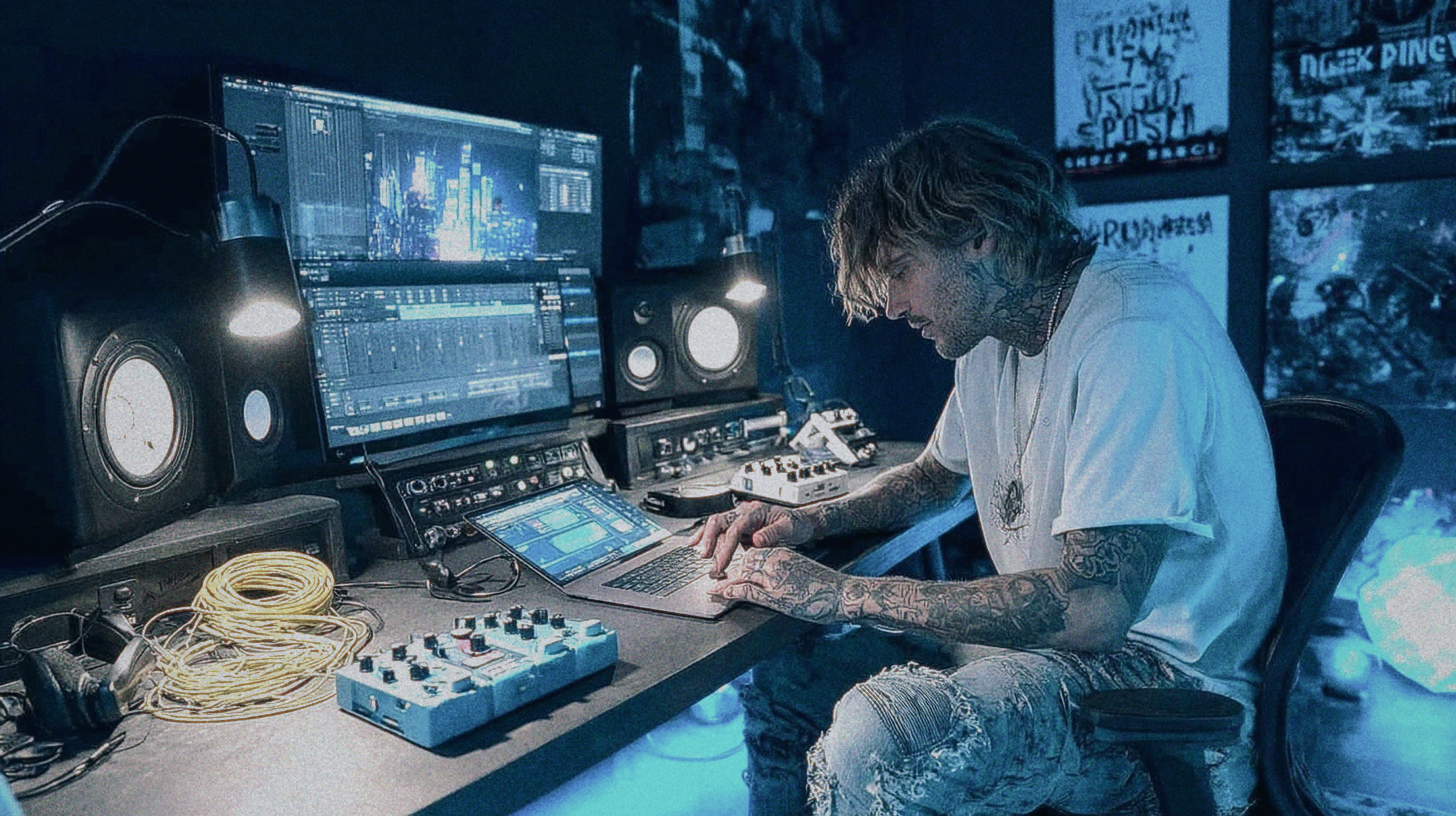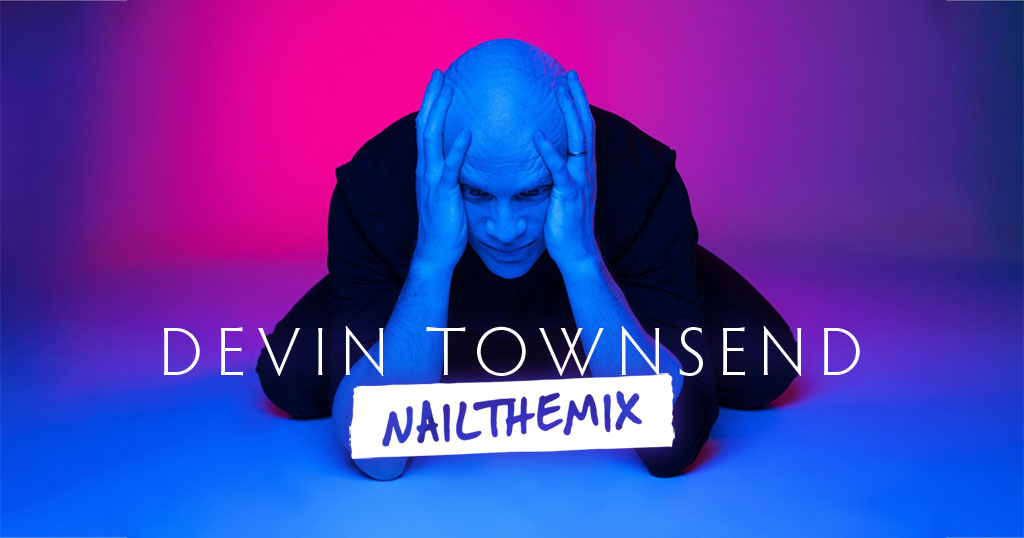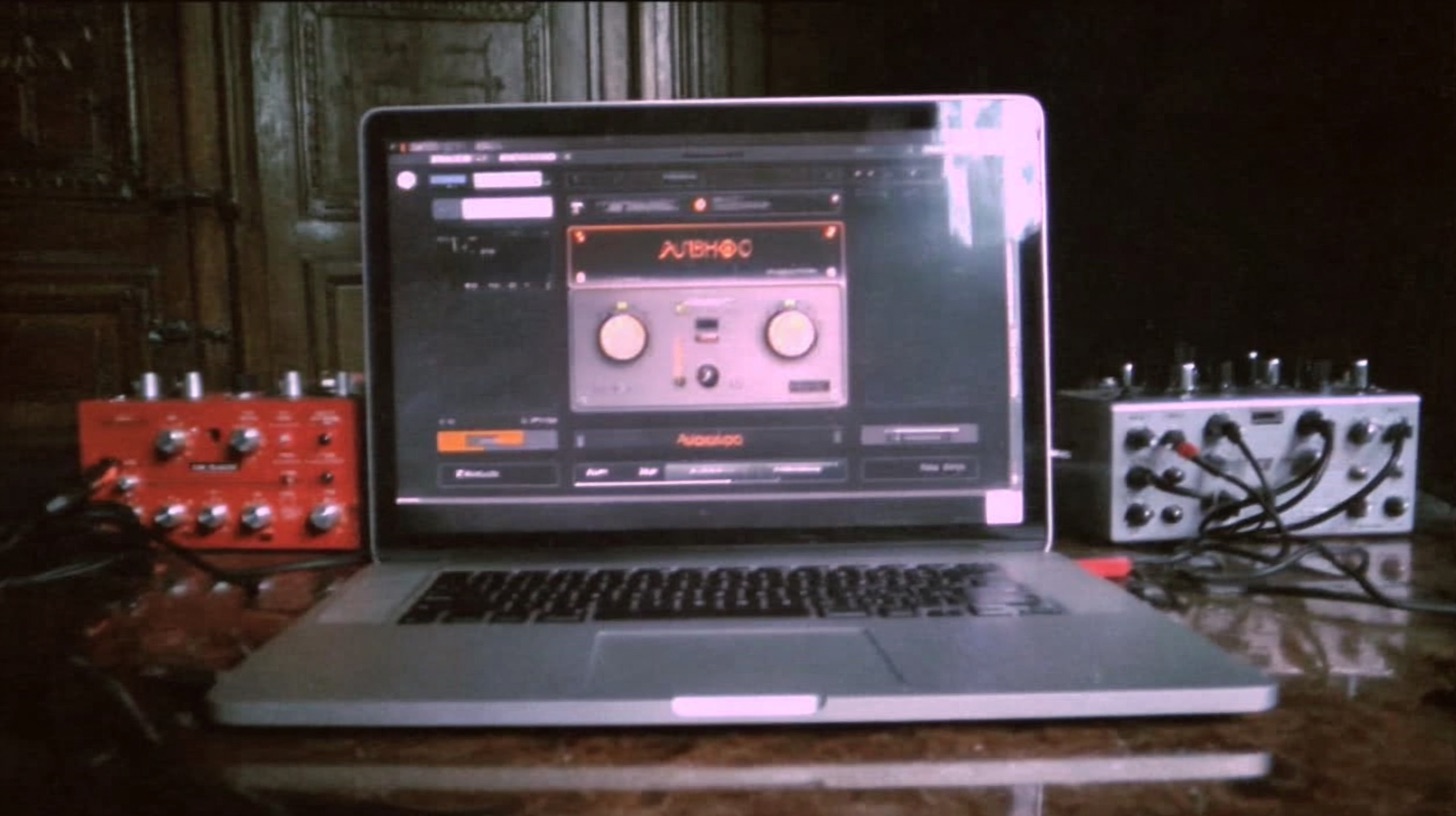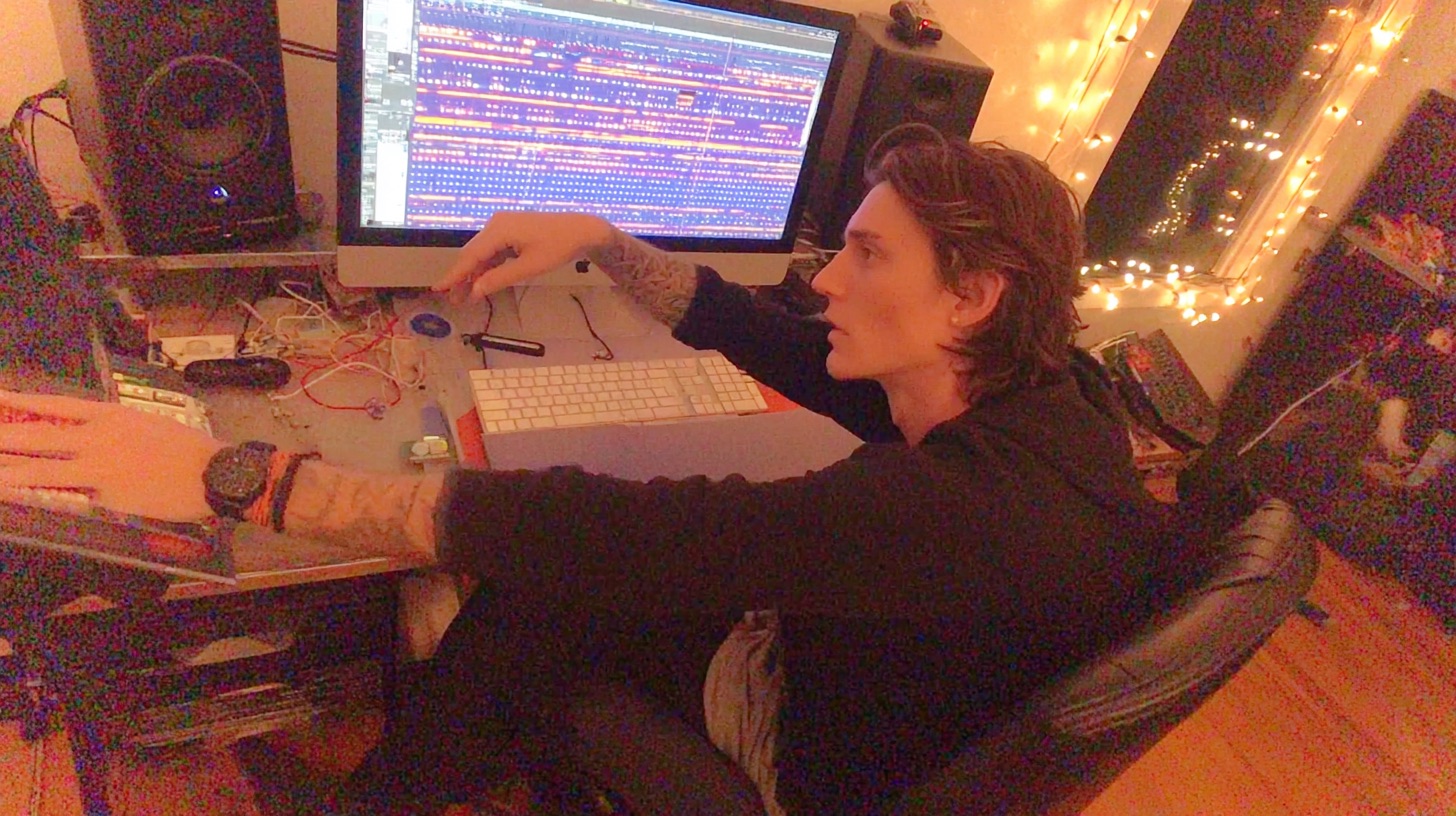
Five Tips for Using FabFilter Saturn 2 in a Brutal Metal Mix
Nail The Mix Staff
Saturation is one of the most powerful tools in a modern metal producer’s arsenal. It’s the secret sauce that can turn a good tone into a great one, making drums punch harder, bass cut through a wall of guitars, and vocals scream with aggression. While there are a million distortion plugins out there, FabFilter Saturn 2 is a legit Swiss Army knife for sonic destruction and enhancement.
But let’s be real: having a powerful plugin doesn’t automatically make your mixes better. The world is full of producers with folders bloated with expensive plugins who still can’t get a mix to translate. It’s not about the tool; it’s about knowing how and why to use it. Saturn 2 shines because it lets you get incredibly specific with your saturation, moving way beyond a simple one-knob distortion box.
If you’ve got Saturn 2 in your toolkit, here are five practical, actionable ways to use it to level up your metal mixes.
1. Multi-Band Mayhem on Your Drum Bus
Slapping a single saturator across your whole drum bus is a quick way to get a mushy, undefined mess. The low-end from the kick drum distorts, smearing the punch and fighting with the cymbals. This is where Saturn 2’s multi-band processing becomes a total game-changer.
Adding Bite to the Snare
Instead of EQing your snare to death trying to get more crack, use saturation to create the harmonics you want.
- On your drum bus, load up Saturn 2 and create a crossover point around 1.5kHz and another around 6kHz.
- In this mid-band (1.5k-6k), select a fairly clean algorithm like ‘Gentle Saturation’ or ‘Clean Tube’.
- Crank the Drive knob until you hear the snare’s attack get more aggressive and present. You’re not trying to add fuzzy distortion, but rather a sharp, harmonic edge that helps it slice through the guitars.
- Use the band’s individual Mix knob to blend it in perfectly.
Beefing Up the Kick
You can use the same principle on the kick. Create a low-mid band (say, 800Hz – 2kHz) to target the beater’s click and drive it for more aggression. Then, you can use a ‘Warm Tape’ algorithm on the sub-bass band (below 100Hz) with a very low drive setting. This adds subtle harmonics that help the low-end translate on smaller speakers without adding mud.
2. Surgical Saturation for Guitars
“More distortion on my guitars? Are you crazy?”
Hear me out. This isn’t about adding another layer of gain. It’s about using Saturn 2 to shape the character of the distortion you already have from your amp sim, like a Neural DSP suite or a Kemper profile.
Taming Fizz Without EQ
We all fight that nasty high-end fizz—that static-like hash that can make heavy guitars sound cheap. Instead of reaching for your EQ, try this:
- Load Saturn 2 on your guitar bus.
- Create a high-frequency band starting around 7kHz.
- Select a smooth algorithm like ‘Warm Tape’ or ‘Smooth Tube’.
- Keep the Drive very low. Just a touch is enough.
The saturation will gently soften the transients and harmonics in that specific frequency range, acting like a dynamic, musical de-esser for guitar fizz. It’s far more transparent than a static EQ cut that can dull the overall tone. If you want to dive deeper into traditional carving, you can explore more EQ strategies for mixing modern metal.
3. Making DI Bass Cut Through a Wall of Gain
Getting a DI bass to sit right in a dense metal mix is a classic struggle. You need the low-end weight, but you also need it to be audible on a phone speaker. Multi-band saturation is the key.
The ‘Phantom Bass’ Trick
This approach lets you get an aggressive, audible bass tone without destroying your low-end headroom.
- Put Saturn 2 on your bass track. Create a crossover point around 200Hz.
- Leave the low band (below 200Hz) relatively clean. You can add a tiny bit of ‘Warm Tube’ saturation to help it cohere, but the goal is to preserve the fundamental.
- On the high band (above 200Hz), get nasty. Choose an aggressive style like ‘Heavy Saturation’ or even one of the amp models. Drive it hard.
- Use the band’s built-in EQ to shape the grit. You can boost the upper mids (1-2kHz) to really emphasize the string noise and pick attack.
Now, you have a bass tone where the fundamental is solid and clean, while the upper harmonics provide all the aggression and clarity needed to cut through the mix.
4. Parallel Aggression for Screaming Vocals
A dry, unprocessed scream often sounds thin and disconnected from the mix. But over-processing it on the main track can kill the dynamics and make it sound fake. The solution is parallel processing.
Controlled Vocal Grit
- Set up Saturn 2 on an aux/bus track and send your main vocal to it.
- On the aux track, you can be ruthless. High-pass the signal inside Saturn 2 to around 300Hz to get rid of any low-end mud.
- Find the frequency range that defines the vocalist’s aggression—usually somewhere between 1kHz and 5kHz. Isolate it with a band.
- Choose a crunchy algorithm like ‘Destroy’ or ‘Rectify’ and drive it until it sounds absolutely vicious.
- Blend this distorted aux track back in underneath your main vocal.
You get all the aggression and sizzle you want, but the core dynamics and intelligibility of the main vocal performance remain intact. This is a powerful way to manage dynamics without just slapping on another compressor. Speaking of which, controlling your track's energy is a whole science, and there's a lot to learn about metal compression secrets beyond just making it loud.
5. Using Modulators for Dynamic Effects
This is where Saturn 2 leaves most other saturators in the dust. The modulation system lets you create movement and make your mix feel alive, rather than static and programmed.
The Envelope Follower is Your Best Friend
The Envelope Follower lets the plugin react to the dynamics of the incoming audio.
- On Drums: Drag the Envelope Follower to the Drive knob of your snare band. Now, the saturation will only kick in hard on the loudest hits, making the backbeat pop without adding noise to the space in between.
- On Bass: Modulate the Drive of your bass grit band with the Envelope Follower. The bass will sound cleaner and rounder during sustained notes but get more aggressive and gritty when the player digs in.
Subtle Movement on the Master Bus
Here’s an advanced pro move. Put Saturn 2 on your master bus with a ‘Warm Tape’ algorithm and a very low Mix setting (like 5-10%).
- Add an XLFO modulator.
- Set its rate to be very slow, like 8 or 16 bars, synced to your project tempo.
- Drag the XLFO to the master Drive knob.
- Set the modulation amount to be incredibly small—maybe just 0.5% to 1%.
The result is a barely perceptible, slow-moving wave of saturation that ebbs and flows with your song structure. It adds a subconscious sense of movement and "glue" that can make a digital mix feel more organic and analog.

100+ Insanely Detailed Mixing Tutorials
We leave absolutely nothing out, showing you every single step
The Real Skill is in the Application
These tips can give you a massive leg up in your productions. FabFilter Saturn 2 is a fantastic tool that, in the right hands, can solve very specific problems in a metal mix.
But remember, the plugin itself is just an instrument. The real magic happens when you understand the why behind every move. Knowing when to reach for saturation instead of an EQ, or how to blend parallel layers to perfection, is what separates the pros from the hobbyists.
Seeing these techniques applied in the context of a full mix, by the producers who crafted the albums you love, is a total game-changer. At Nail The Mix, you get to be a fly on the wall for exactly that. Every month, you’ll get the raw multitracks from a massive metal song and watch the original producer mix it from scratch, explaining every decision along the way. If you’re ready to learn the craft behind the tools and unlock your sound by mixing modern metal beyond presets, this is how you do it.
Get a new set of multi-tracks every month from a world-class artist, a livestream with the producer who mixed it, 100+ tutorials, our exclusive plugins and more
Get Started for $1




